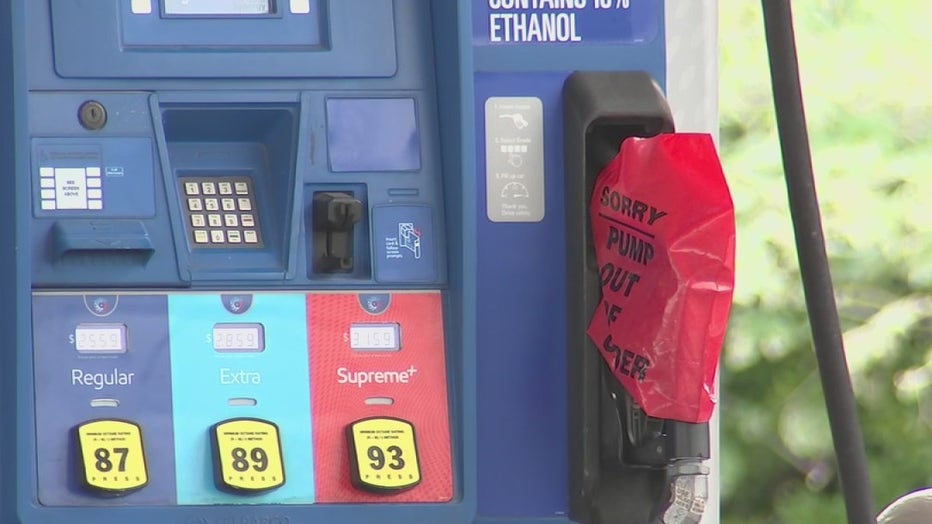Inflation continues to hit most industries as demand goes up following COVID-19 pandemic

Inflation continues to hit most industries as demand goes up following COVID-19 pandemic
Inflation has hit nearly every sector, all because of the COVID-19 pandemic.
If everything seems more expensive, that is because it is.
Inflation has hit nearly every sector, all because of the COVID-19 pandemic.
Signs of inflation are everywhere. For instance, the price of a used car or truck is up 45% from last year.
Prices related to travel are also way up.
A lot of it has to do with supply and demand.
Those who have filled up at the pump lately know gas prices are climbing.
"Heck yeah, they're going up every day," one customer said.
"Unfortunately, I think it’s still going to keep going up," another customer said.
The statewide average for regular is $2.84.
That's 93 cents more per gallon than the same time last year, and it’s not slowing down.
"Gas prices are expected to go up another 10 to 20 cents," AAA spokesman Daniel Armbruster said.

Armbruster said people need to keep in mind that gas prices bottomed out last summer when very few people were travelling, and that's now changing.
"Of course we saw record demand over 4th of July, and now we're seeing pre-pandemic levels when it comes to retail gasoline," Armbruster explained.
Airline travel is also back to pre-pandemic levels, leading to sky-high prices. Airline travel is up 25%, while rental car prices are up 88% and hotel rates up 17%.
"When comparing this to last year, yeah we're seeing double digit jumps really across the board," TravelZoo senior editor Gabe Saglie said.
But looking even further back, Saglie said it’s about even compared to 2019 numbers, and some options are even below.
"Anywhere where business travel would have come in and taken over these hotels, business class seats, etc., that's where you're seeing a little more value because that demand is no longer there," Saglie said.
"It's a temporary phenomenon, not a whole lot to worry about here," explained SMU Cox School of Business research professor Dr. Dean Stansel.
Stansel said many of the spikes will level off in the coming months.
He's most concerned about inflation rates directly related to supply chain disruptions, places like factories and food producers who can't hire back enough employees to ramp up production.
That means an overall increase in your grocery bill.
"This 5.4% that came out recently is alarming, but also needs to be put into context because it's basically a change in the basket of good consumers buy for day-to-day living," he said. "So we had an abnormally low number a year ago due to falls in demand. And now with these rises in demand and this pent-up demand coming out, we've got abnormally high prices now."
Stansel says minimum wage increases nationwide are also a factor.
He says most employers can only absorb so much of the increase they end up passing that cost along, in part, in in the form of higher prices.

